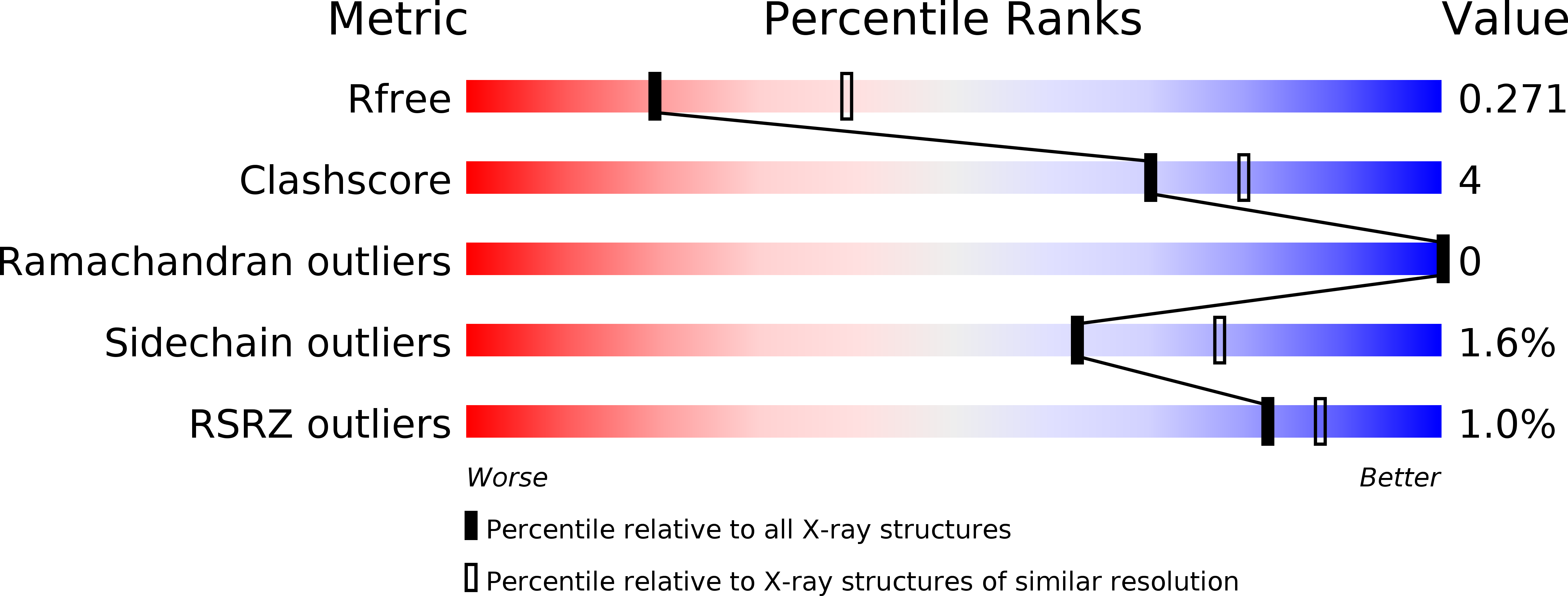
Deposition Date
2019-07-16
Release Date
2020-01-22
Last Version Date
2024-11-13
Entry Detail
PDB ID:
6SAD
Keywords:
Title:
Structure of 14-3-3 gamma in complex with double phosphorylated caspase-2 peptide on Ser139 and Ser164
Biological Source:
Source Organism:
Homo sapiens (Taxon ID: 9606)
Host Organism:
Method Details:
Experimental Method:
Resolution:
2.75 Å
R-Value Free:
0.27
R-Value Work:
0.22
R-Value Observed:
0.23
Space Group:
P 63 2 2


